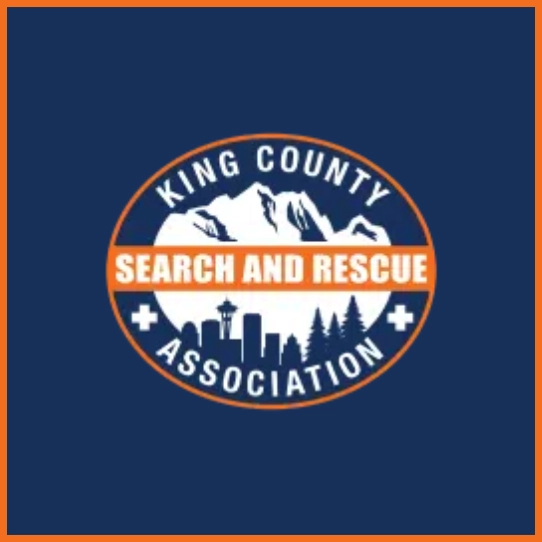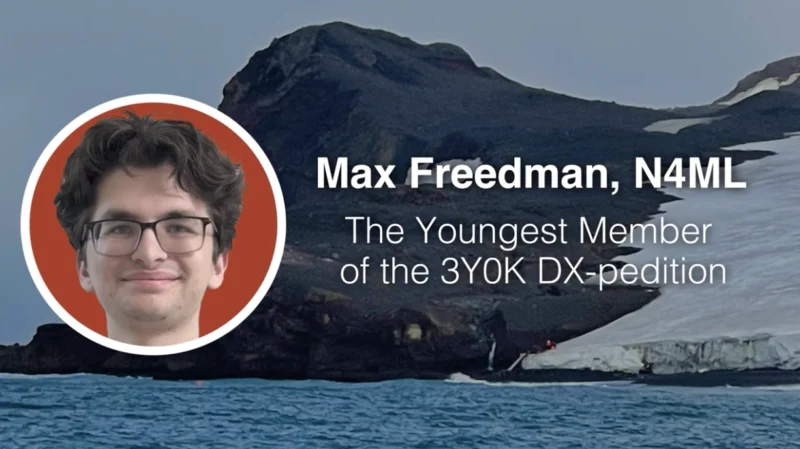Training and Communication Tools Enhance Search and Rescue Efforts
As search and rescue operations become increasingly vital in the challenging terrains of the I-90 corridor in Washington, the focus on advanced and reliable training and communication tools is more critical than ever. Nathan Lorance, President of King County Search and Rescue, provides an in-depth look at the rigorous training programs and technological advancements transforming these life-saving missions.
How do search and rescue teams overcome the challenges of communication and terrain to ensure successful missions?
Lorance’s expertise comprehensively explains this question, highlighting the essential elements contributing to effective search and rescue operations. He shares his journey from a community CERT program to a leading role in King County Search and Rescue. His insights reveal the importance of continuous training and cutting-edge technology in overcoming the unique challenges faced during search and rescue missions.
Key Takeaways:
- Communication Challenges: The mountainous and densely forested terrain along the I-90 corridor presents significant obstacles to maintaining communication. Two-way VHF radios are crucial for ensuring that field teams can stay in contact with command staff and each other, often serving as a lifeline in life-and-death situations.
- Technological Innovations: Modern search and rescue operations have shifted from searching for lost individuals to knowing their exact location and executing a rescue. The use of data telemetry and GPS tracking has revolutionized search management, resource tracking, and the strategic deployment of teams.
- Comprehensive Training Programs: The culmination of six months of intensive training prepares explorer search and rescue trainees for real-world scenarios. These training exercises simulate various terrains and patient care situations, equipping trainees to handle the complexities of actual missions and provide necessary care to individuals in need.
Lorance’s insights underscore the critical role that advanced training and reliable technology play in the success of search and rescue operations. By addressing communication challenges and leveraging innovative tools, teams are better equipped to navigate difficult environments and save lives.




